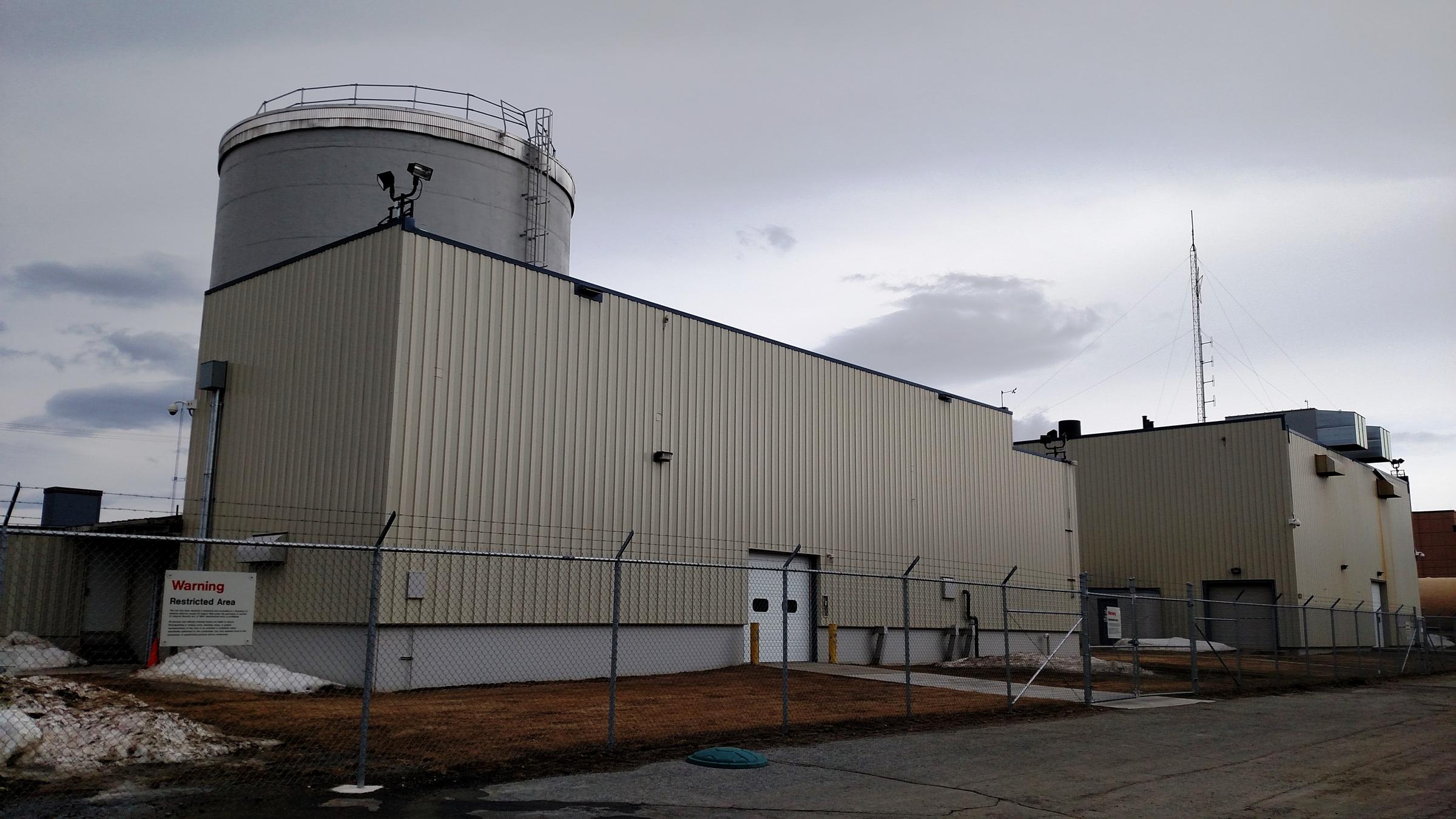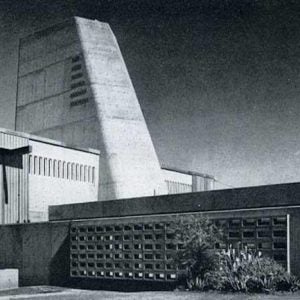 The decommissioning of a mothballed NPP at Fort Greely in Alaska is expected to resume after the US Army Corps of Engineers (USACE) resolved a contract dispute that had delayed work for more than a year. The final phase of decommissioning and dismantling the SM-1A heat and power plant has been on hold since 2022 after a company competing for the contract filed protests over handling of the bid proposals.
The decommissioning of a mothballed NPP at Fort Greely in Alaska is expected to resume after the US Army Corps of Engineers (USACE) resolved a contract dispute that had delayed work for more than a year. The final phase of decommissioning and dismantling the SM-1A heat and power plant has been on hold since 2022 after a company competing for the contract filed protests over handling of the bid proposals.
In August 2022, USACE awarded a $103m contract to South Carolina-based Westinghouse Government Services. However, officials for competing firm, Louisiana-based Aptim-Amentum Alaska Decommissioning (A3D) appealed against the decision to the federal General Accounting Office (GAO). USACE was directed by GAO to reopen discussions with the competing companies and to re-evaluate the bid proposals.
“We ultimately made the decision to reverse the award, based on our re-evaluation of proposals,” said USACE project manager Brenda Barber. “So the award is going to Aptim-Amentum Alaska Decommissioning, and the Westinghouse Government Services contract has been terminated.” Barber said that when USACE allowed the competing companies to submit final proposals, A3D lowered its bid for the contract to $95.3m. “And it was deemed to be fair (and) reasonable, and resulted in an award to them,” she said.
The SM-1A was a field prototype of a medium-sized nuclear reactor developed by the Army during the Cold War for use at remote military installations. It generated 20 MWt for steam heat and 1.8 MWe. All of the fuel in the reactor core has been removed along with highly activated control and absorber rods. All of the solid waste around the reactor was packaged up and shipped to waste-disposal facilities in other US states.
Some of the plant’s primary system components, including the reactor and its pressure vessel and coolant pumps, were entombed inside the facility. They were either kept in place, or cut off and placed in the bottom of the tall vapour containment building before being grouted and concreted.
SM-1A was built between 1958 and 1962, and operated from 1962 to 1972. The design was based on the concept of the SM-1 reactor at Fort Belvoir, Virginia, a prototype for stationary medium-power plants (SM). 1A designates it as the first field plant of its type. It was designed to be used as an “in-service” test facility in an Arctic environment with its primary mission being to supply electrical power and heating steam for the utility systems at Fort Greely. The secondary mission was to study the economics of operating a nuclear-type electrical plant in a remote area where fuel costs are high and supply lines unusually long.
The final shutdown in March 1972 was in accordance with the SM-1A Decommissioning Plan approved by the Army Reactor Systems Health & Safety Review Committee (ARCHS). This consisted of removal of the highly enriched uranium dioxide nuclear fuel, minor decontamination, shipment of pre-packaged radioactive waste, encasing certain reactor components (vapour container, waste tanks, and demineraliser room), sealing the pressure vessel, and installing appropriate warning signs and monitoring devices.
Certain areas were maintained as restricted areas for radiation safety considerations. This method of decommissioning was selected to minimise costs and personnel radiation exposure. Future remediation was deferred until radiation levels and quantities of radioactive waste were significantly reduced. In 1995, Fort Greely was placed on the Base Realignment and Closure list (BRAC) under which certain areas were investigated and remediated. The base was then removed from the BRAC list and remained open to support critical Army missions.
The decommissioning strategy developed in the 1970s recommended that the deactivated reactors should be placed into a safe storage mode to allow the shorter-lived radionuclides to decay. Delaying decommissioning was expected to reduce radioactive waste volumes and worker exposures. However, preliminary studies indicated that the levels of contamination present within the reactors would not be reduced by decay sufficiently to allow for release of the facilities without significant decontamination. Additionally, concern regarding the increasing cost and decreasing availability of radioactive waste disposal led the Army Reactor Office (ARO) to reassess disposal options.
USACE developed a management plan for conducting an All Hazards Assessment, which contained provisions for four phases of work. Phase I included a Historical Records Review & Disposal Alternatives Investigation. Phase II included performing a characterisation survey and decommissioning cost estimate, which was completed in 2015. Phases III and IV deal with decommissioning planning, design, and execution. Decommissioning Planning has been completed and USACE has received a Decommissioning Permit from ARO. The total estimate for decommissioning is $243m including estimated costs to implement the project and USACE oversight USACE expects decommissioning efforts at the site to be completed by 2029. The site will then be released to the Garrison for future use.
The remaining materials that have been entombed in concrete or safely stored onsite will now be removed as part of the contract with A3D. As to the contract dispute, KUAC quoted Barber as saying: “We don’t typically comment too much on the protests just because of the sensitivity.” However, according to information on the GAO website, A3D argued that USACE misevaluated the Westinghouse proposal and also failed to engage in adequate, equal discussions with the firm. Westinghouse also failed to identify a retention plan to ensure key personnel would be available for the duration of the project.
Barber said the re-evaluation has delayed the completion date of the project by a year. “We’re finalising some startup-related issues with respect to the contract now,” she said, “and we’re hopeful that work on the site – physical work on the site – is probably still six to eight months out.”
Image: The SM-1A plant at Fort Greely (courtesy of Alaska Public Media)






